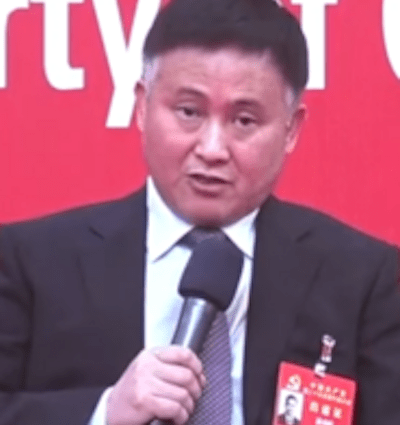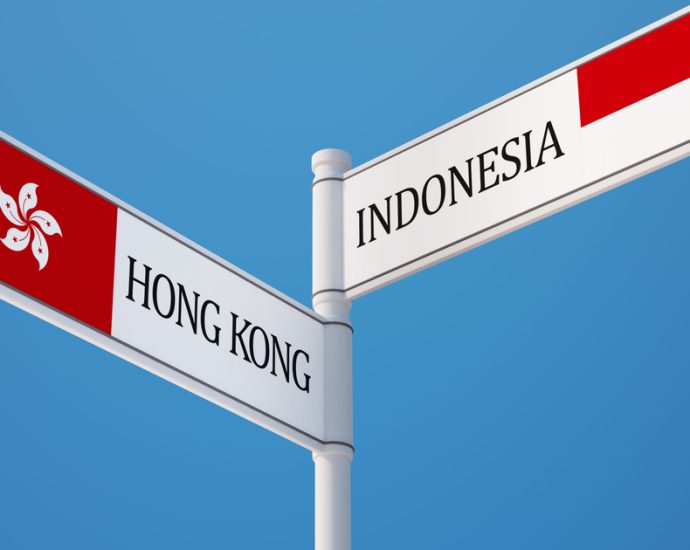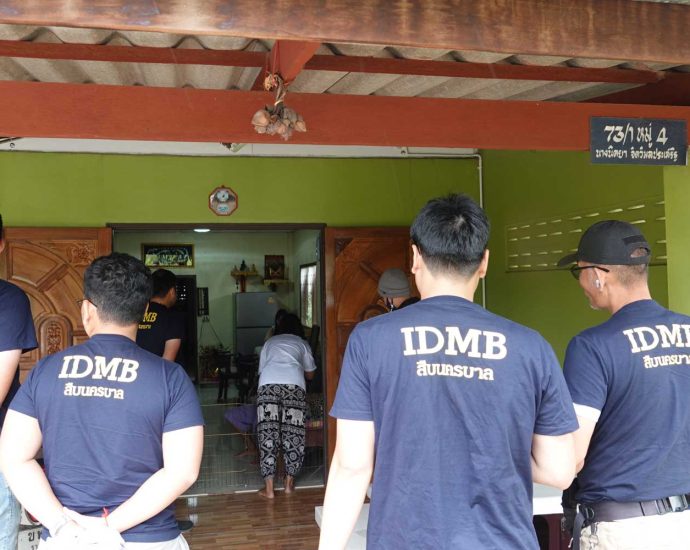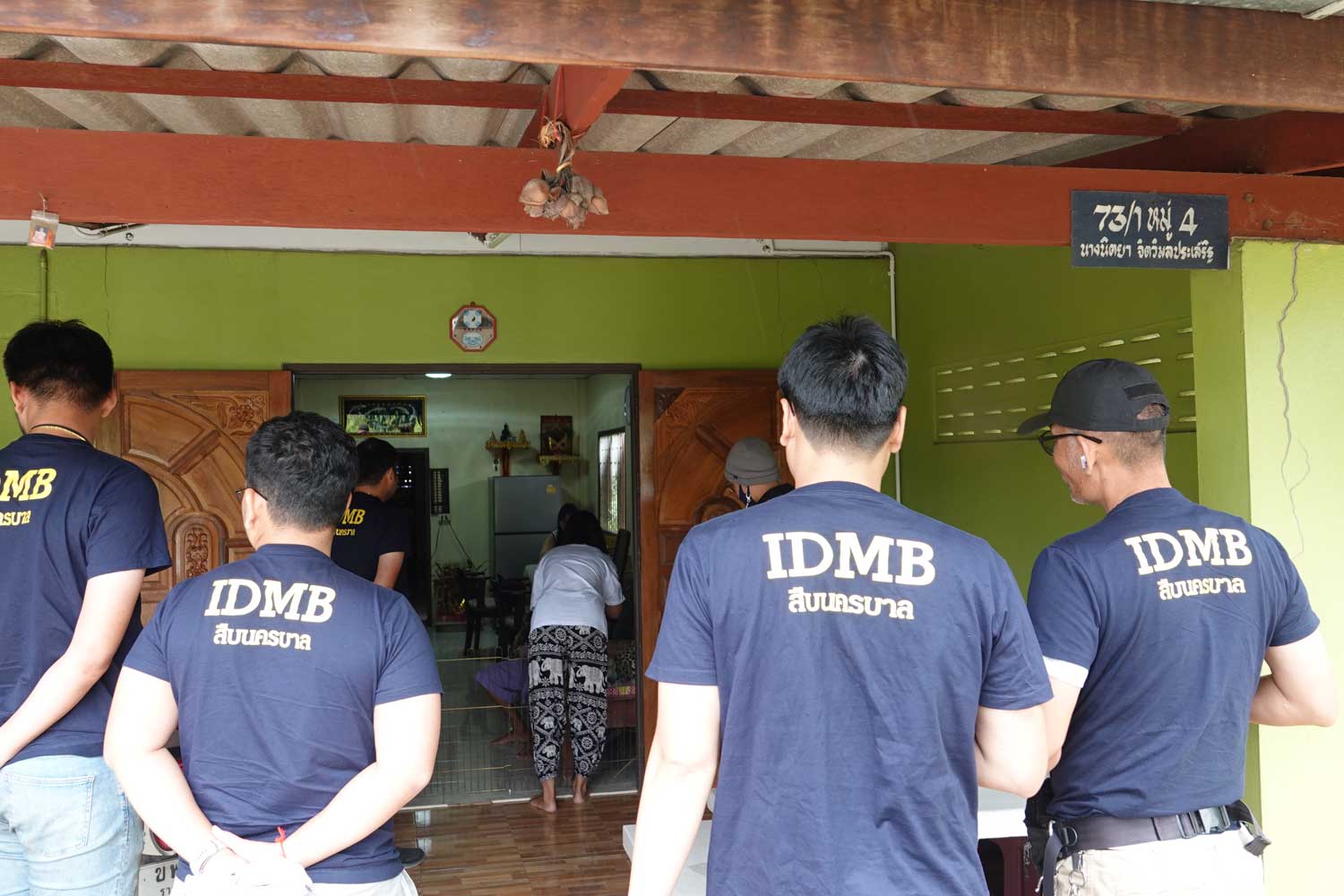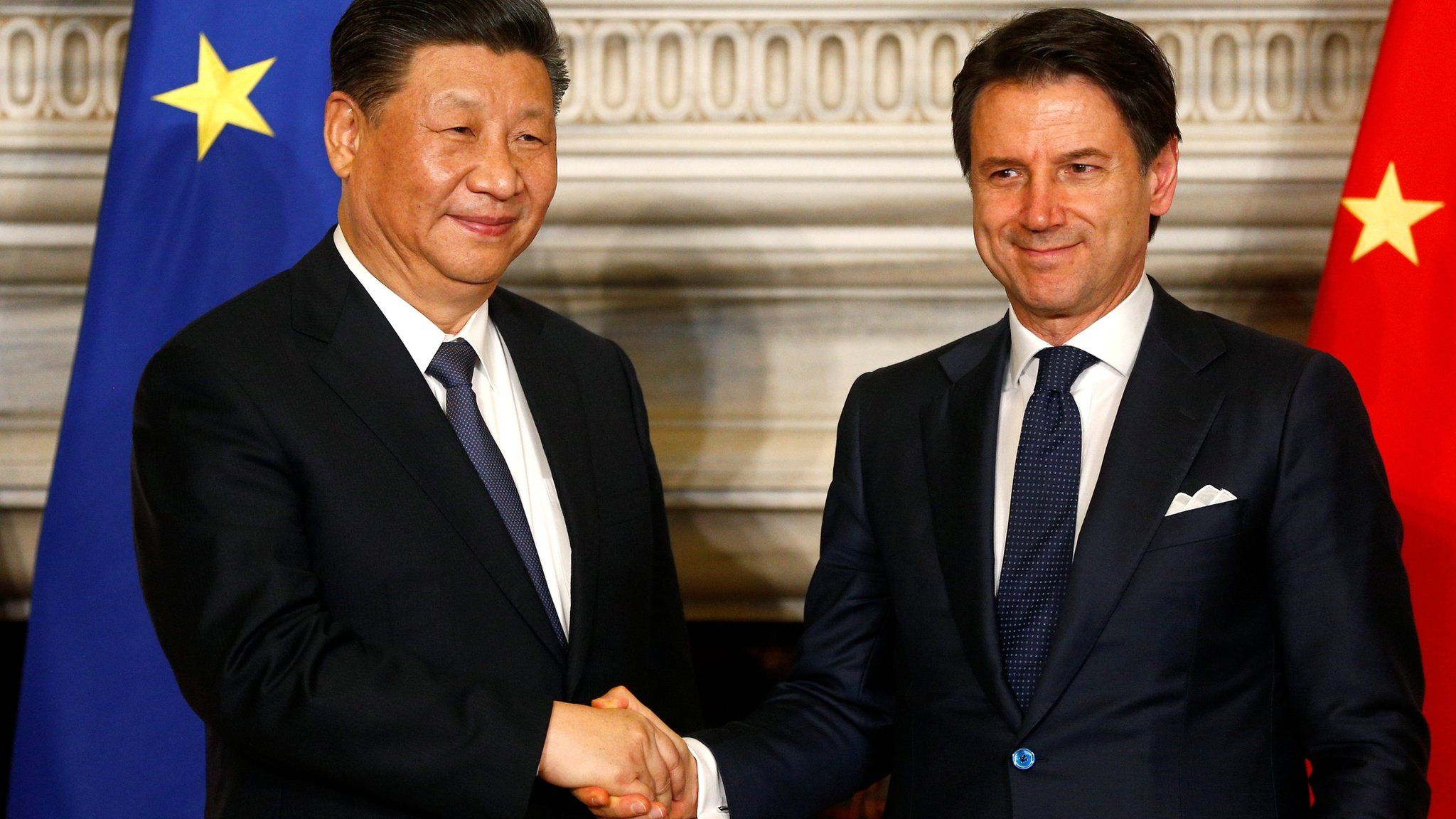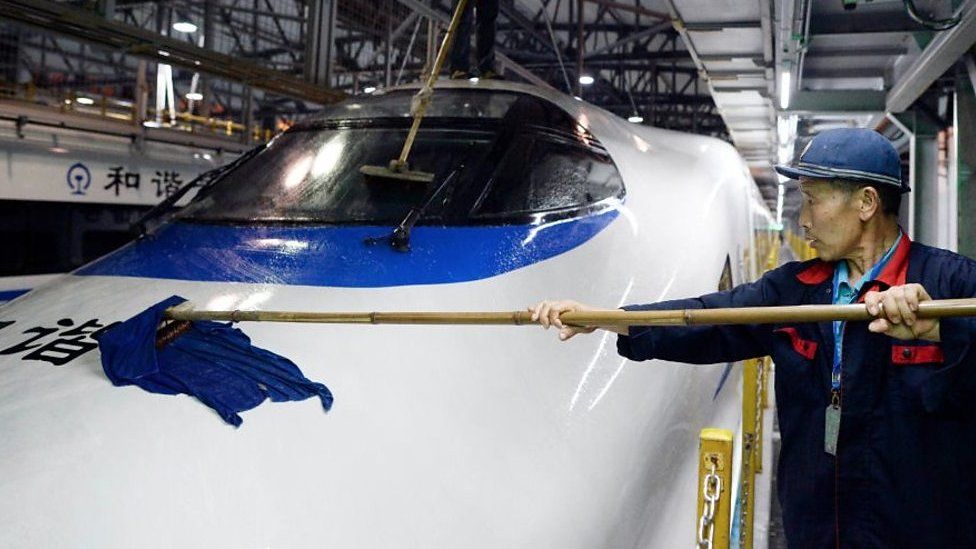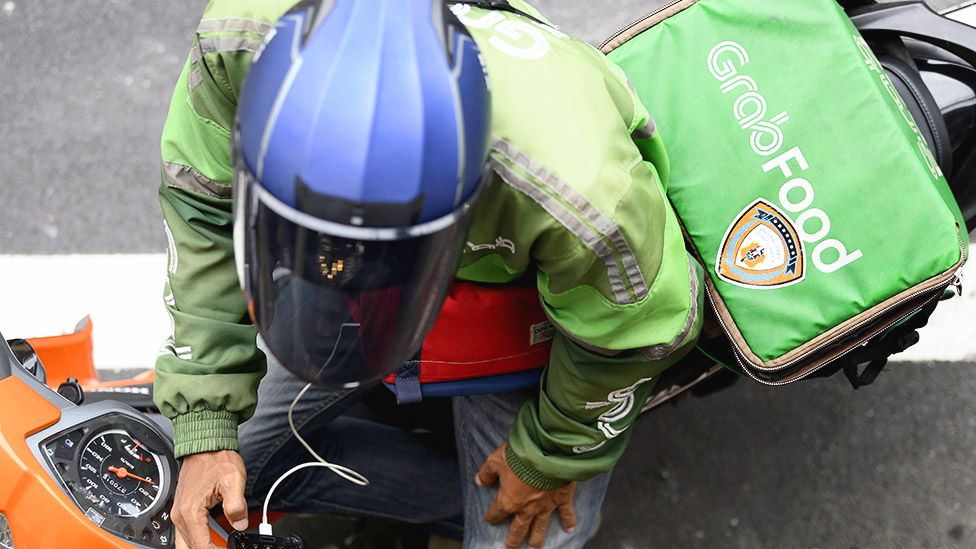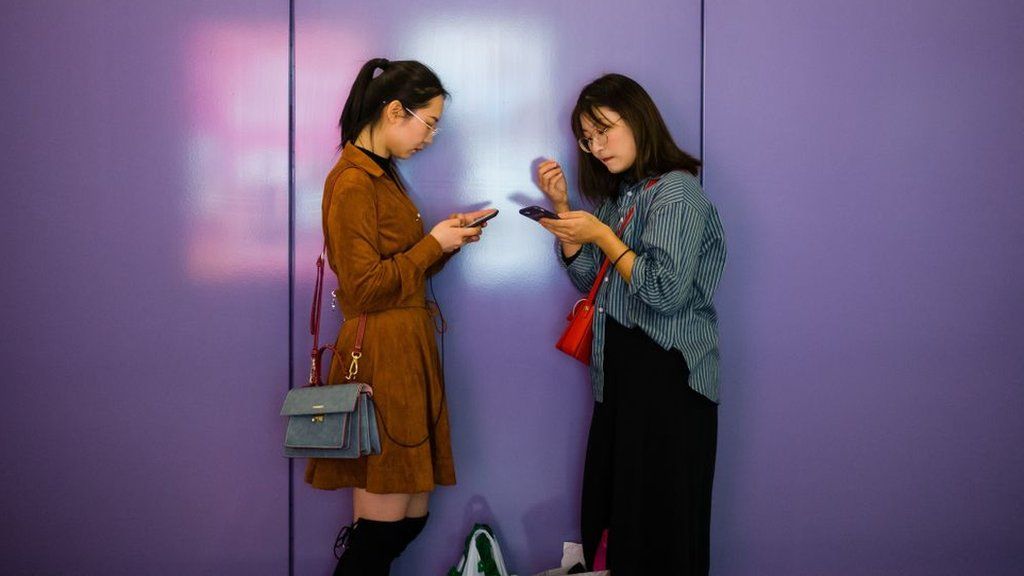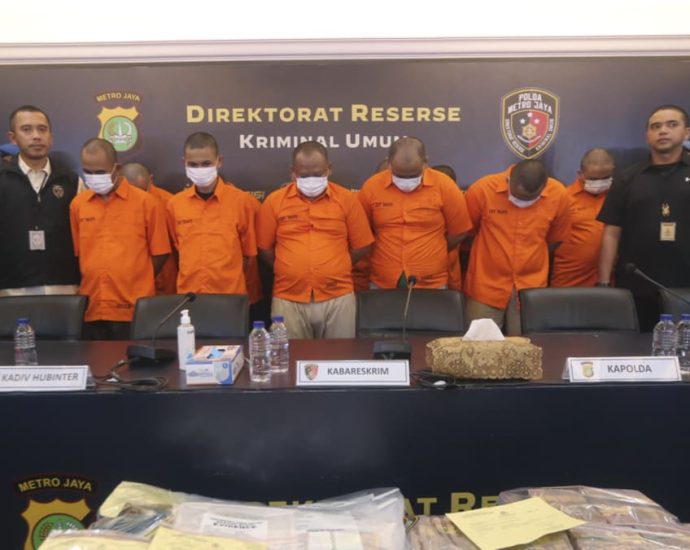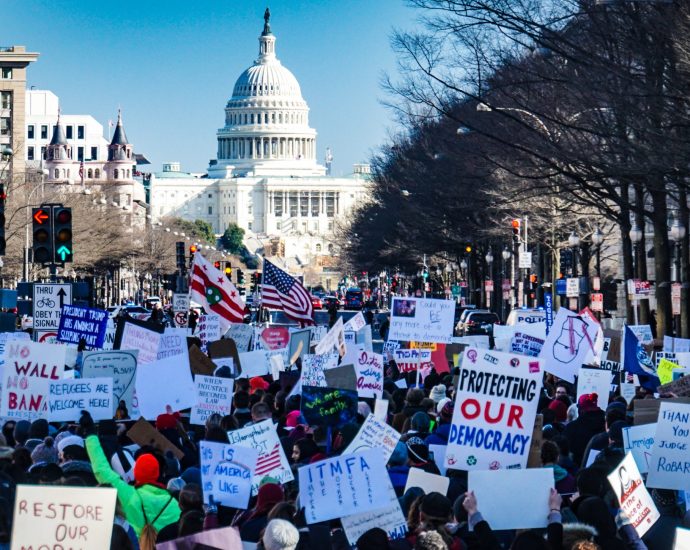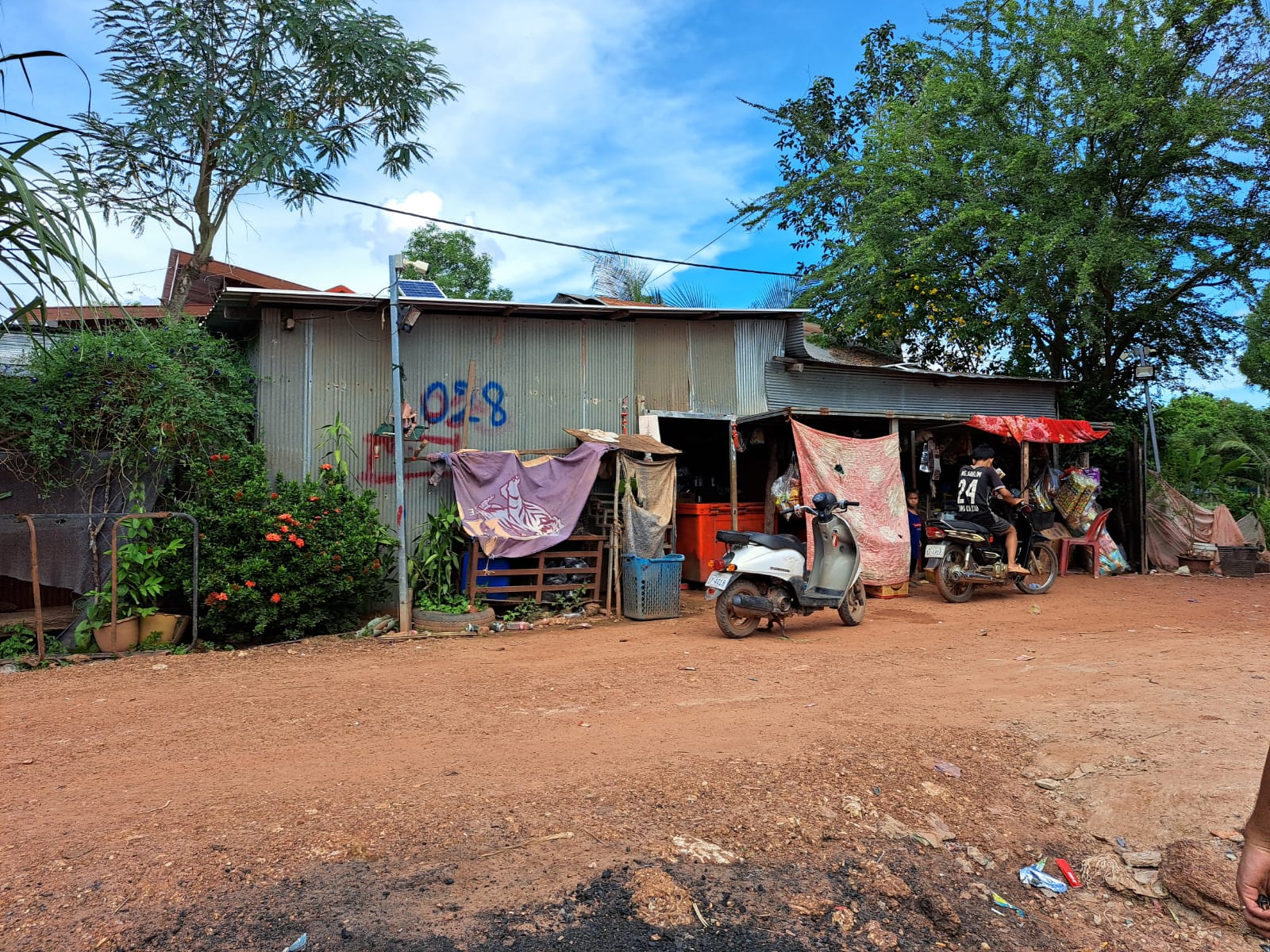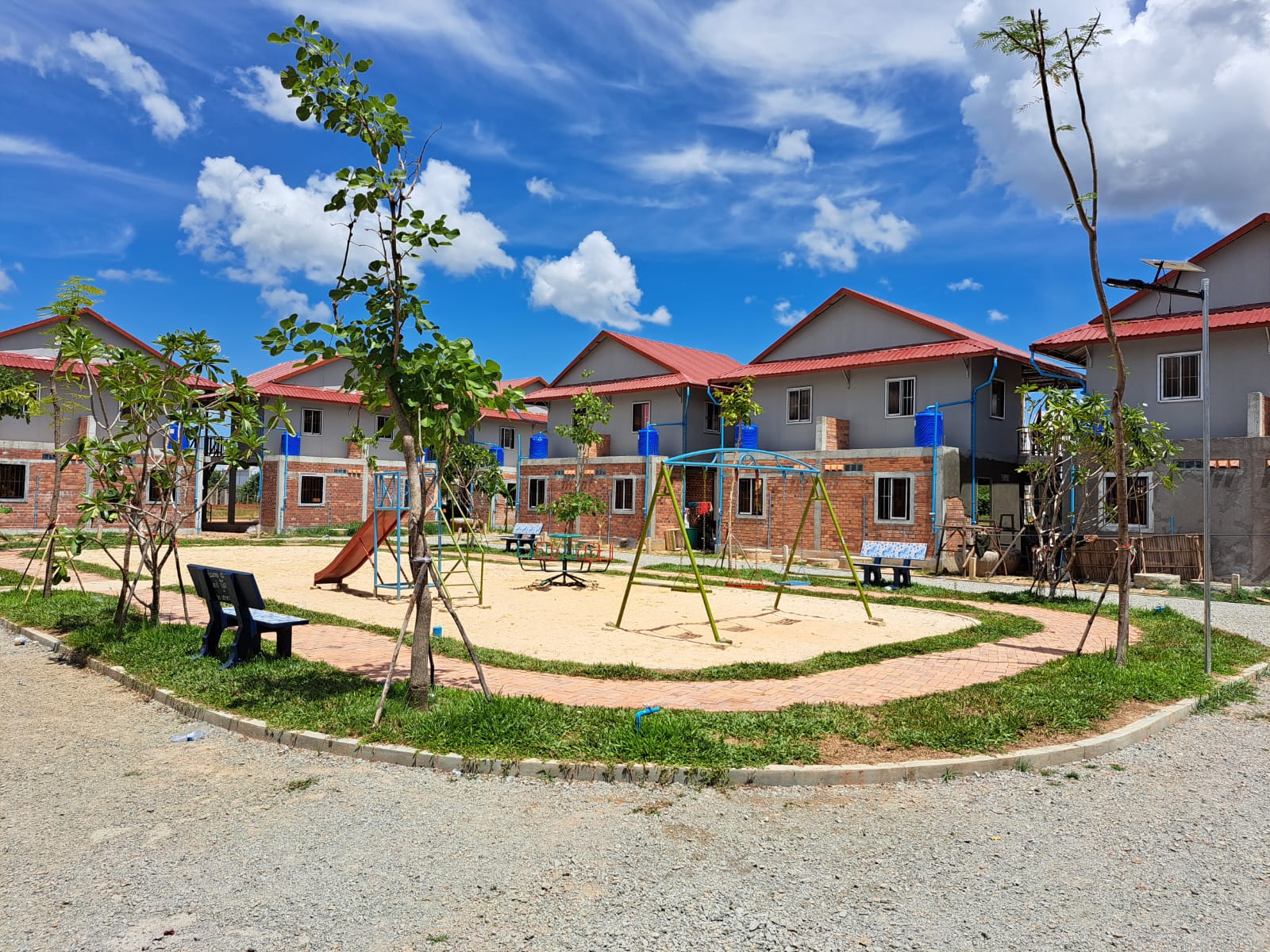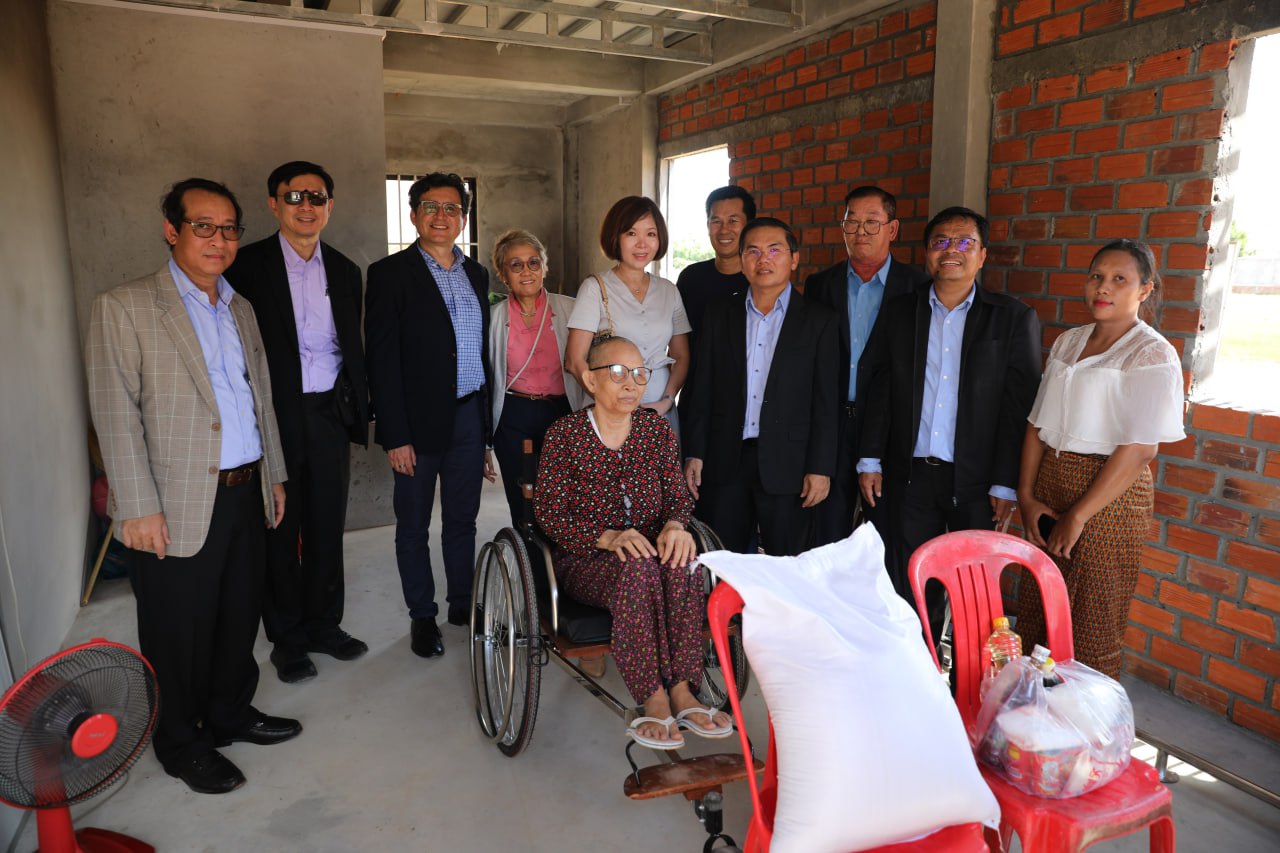Fed, Fitch thicken plot for Asiaâs economic outlookÂ
TOKYO – Few policymakers in Asia, if any, are more anxious to see the US Federal Reserve halt its tightening cycle than Rhee Chang-yong in Seoul.
Data show that no major financial system in the region is getting whipsawed more by Fed interest rate hikes than South Korea’s. According to Bloomberg, investors who bet on Korean debt over the last year lost 15%, the worst in developing Asia.
This puts Governor Rhee’s team at the Bank of Korea directly on the frontlines of all 11 rate hikes Fed Chairman Jerome Powell executed over the last 17 months. It follows that the BOK is a top beneficiary of the Fed declaring it’s done tightening.
Powell hasn’t formally done that. On July 26, when the Fed raised its benchmark to roughly 5.3% from 5.1%, highest level since 2001, Powell left the door open for another tap of the brakes in September.
For all intents and purposes, though, the Fed’s most aggressive rate cycle since the mid-1990s is done. Already, US consumer prices have fallen to a 3% pace of increase from more than 9% a year ago..
The breathing room that a cessation of Fed austerity creates is stellar news for the Bank of Japan and People’s Bank of China, both under new leadership.
The Fed isn’t the only Washington variable preoccupying Asia. On Tuesday, Fitch Ratings stripped the US of its AAA rating, echoing a 2011 move by Standard & Poor’s. The step comes as the US national debt approaches US$33 trillion and lawmakers in Washington play politics with borrowing policies.
“The rating downgrade of the United States reflects the expected fiscal deterioration over the next three years, a high and growing general government debt burden, and the erosion of governance relative to ‘AA’ and ‘AAA’ rated peers over the last two decades that has manifested in repeated debt limit standoffs and last-minute resolutions,” Fitch says.
These challenges come as the new leaders of the BOJ and PBOC face their own unique challenges at home. One glaring similarity, though, is that both Kazuo Ueda in Tokyo and Pan Gongsheng face the central banking equivalent of a baptism by fire.
Ueda, just 115 days in the BOJ top job, has gotten a serious wake-up call in recent days. On July 28, the BOJ announced that 10-year yields would be allowed to exceed 0.5%.

For most central banks, it would be dismissed as a highly technical tweak to account for a widening spread between US and Japanese rates. Yet for an institution stuck in the quantitative easing matrix for 23 years now, it was nothing short of shocking in market circles.
Ueda’s team spent the last few days cleaning things up. On Monday, as 10-year yields topped 0.6% for the first time in nine years, the BOJ scrambled to buy yen to halt the rise in rates. That day alone, Ueda’s team bought in excess of US$2 billion of government bonds.
By Tuesday, BOJ officials were signaling to local media that the big policy changes aren’t assured. This sets the stage for a tug of war between the BOJ and bond traders.
“The markets are likely to test the BOJ’s resolve, as it probably will seek to engineer a gradual shift away from its [yield curve control] policy over the next year or so, while leaving the short-term rate target unchanged, as it still believes that Japan needs supportive monetary policy,” says economist Duncan Wrigley at Pantheon Macroeconomics.
Yet there’s no doubt that a BOJ’s U-turn is now in motion. That will have far-ranging implications far and wide, says economist Mathias Dollerup Sproegel at Sydbank A/S in Copenhagen.
Though Tokyo’s policy shift seems “a matter of fine-tuning” it can have “a major impact on Danish homeowners with fixed-rate loans,” he says. If the BOJ “continues to tighten monetary policy and thus allows higher and higher interest rates in Japan, this may mean that it will become more expensive to buy a home in Denmark.”
Yet the Fed wrapping up its tightening cycle buys some time for Ueda’s team in Tokyo. For one thing, the BOJ can look forward to fewer strains in local credit markets. Each Fed rate hike forces the BOJ to regulate liquidity flows accordingly. The wider the US-Japan yield gap, the more work the BOJ must do to address market dislocations.
Though few expect actual BOJ rate hikes anytime soon, less rate turbulence from the US gives Ueda space to figure out how to normalize Japanese rates. Devising a plan to withdraw from a government bond market in which the BOJ owns more than half of all outstanding issues won’t be easy.
The same goes for the stock market. During the decade Ueda’s predecessor spent running the BOJ, Haruhiko Kuroda grew its balance to the point where it topped the size of Japan’s US$5 trillion economy. During that time, the BOJ became the biggest holder of Japanese stocks via exchange traded funds.
That multi-year buying binge made the BOJ the largest holder of Japanese shares — even bigger than Japan’s US$1.4 trillion Government Pension Investment Fund, the largest such entity in the world. It also makes it hard for the BOJ to withdraw without cratering the equity market.
In recent months, the Nikkei Stock Average surged to 30-year highs. The BOJ will be loath to pull the rug out from under a rally in which Warren Buffett has played a headline-grabbing role. This unwinding process may have a greater chance of success if global debt markets are calm.

In Beijing, Pan’s first week on the job proved supremely hectic. Pan assumed the role of PBOC governor on July 25, three days before Ueda’s big splash in global financial circles.
Tumbling home sales are adding to already extreme pressures on developers grappling with a multi-year credit crisis. News that Country Garden, a top Chinese private-sector developer, scrapped a US$300 million stock offering added to the sense of gloom hovering over the economy.
Right out of the gate, Pan confronts a worsening slowdown, an economy on the verge of deflation, a property sector in crisis, record youth unemployment and capital leaving the second-biggest economy.
This week also brought fresh reminders that manufacturing is sputtering. Activity contracted for a fourth consecutive month in July, a dynamic that makes reaching this year’s 5% growth target less and less likely. The Caixin/S&P purchasing managers index fell to 49.2 in July from 50.5 the previous month.
“Looking forward, policy support is needed to prevent China’s economy from slipping into recession, not least because external headwinds look set to persist for a while longer,” says economist Julian Evans-Pritchard at Capital Economics.
Recent data, says economist Xu Tianchen at the Economist Intelligence Unit, point to a “potential death spiral” in the real estate sector that spreads more widely around the economy.
Economist Katrina Ell at Moody’s Analytics notes that “forward indicators, including new export orders, suggest ongoing near-term weakness. Goods demand will remain soft from the US and Europe through the remainder of 2023.”
Thomas Gatley, economist at Gavekal Dragonomics, notes that there are probably two main reasons China’s manufacturers ended up holding more inventory than normal. “First,” he says, “they were concerned about disruptions in their supply chains, and wanted to hold more raw materials in case deliveries of those key inputs were halted or delayed. Second, they anticipated higher levels of consumer demand than actually materialized, which caused finished goods to pile up in warehouses.”
Explanation No. 1, Gatley says, looks most relevant to the machinery and electronics sectors, where many products are produced by complex global supply chains that were particularly vulnerable to the disruptions in global shipping which occurred during the pandemic. Inventories of raw materials held by the machinery and electronics sectors rose from around 1.15 months of sales before the pandemic to a peak of nearly 1.3 months of sales in 2022.
At the same time, China’s service sector also faced intensifying headwinds. In July, activity in the non-manufacturing sector fell to 51.5 from 53.2. Economist Robert Carnell at ING Bank notes that while mainland authorities have been vocal in their support for the economy, “so far, that has not translated into the sort of sizable fiscal policy stimulus many in the market have become used to expecting. We don’t think it’s coming.”
Carnell says that the one component that stands out from the rest, is expectations, which looks like an unrealistic outlier compared with what is going on elsewhere.
“We can only put this down to continued hope that the government will pull something out of the bag that will re-invigorate the economy,” Carnell says. “However, while we believe that a great many micro measures will be implemented to improve the functioning of the economy, including a reduction in constraints on the private sector, we aren’t at all convinced that there is a fiscal bazooka waiting to fire up the economy. So, if those expectations aren’t fulfilled and begin to wilt, then this PMI could well join the manufacturing sector in contraction.”
As China slows and Japan underperforms, officials in Beijing and Tokyo are hopeful for a quieter second half of 2023 from the external sector.
Clearly, the Fitch news throws a new wrinkle into the mix. US Treasury Secretary Janet Yellen called the downgrade “arbitrary” and “outdated.” But for officials in Japan and China, which hold the world’s largest stockpiles of US Treasury securities, the downgrade is a stark wake-up call. Tokyo is sitting on US$1.1 trillion of Treasuries, while China is stuck with more than US$870 million.
Amid extreme uncertainty, this much is true: Doubts about the dollar’s trajectory, and peak Fed rates, are a game changer in global markets, adding to the reasons for Asia investors to fasten their seatbelts.

